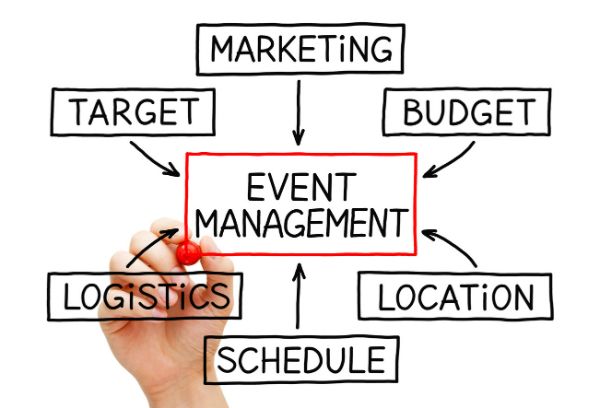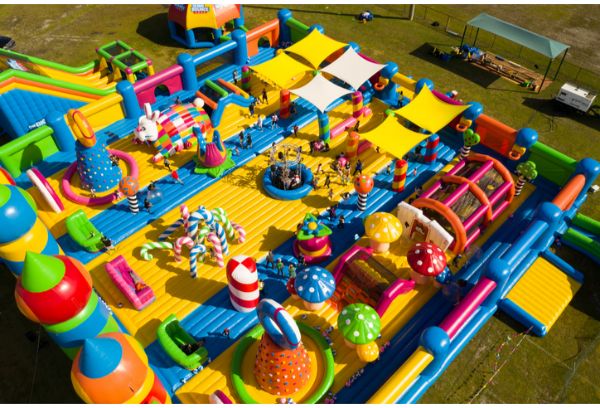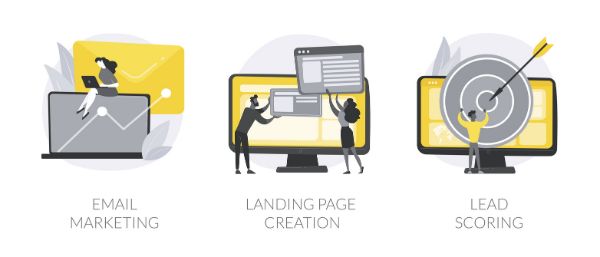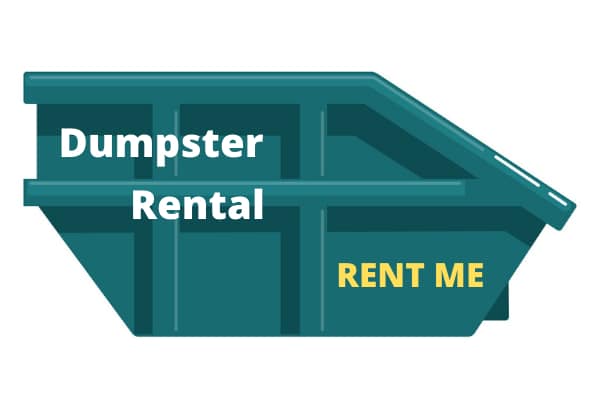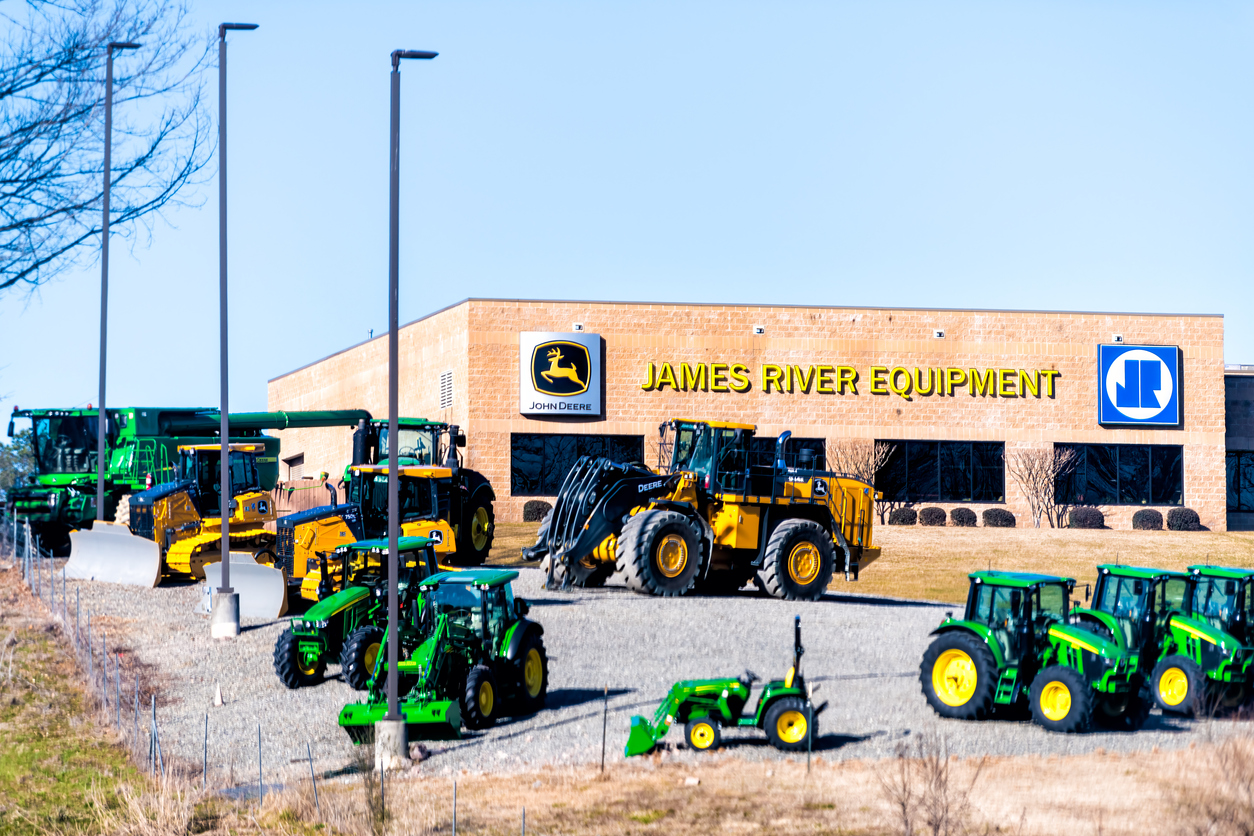Parties and major events are a regular affair in the United States. They are organized for weddings, fundraisers, office events, and other special occurrences.
Commonly, companies in the party rental industry provide items and equipment to accommodate attendees of these events. Rented items can include tables, chairs, linens, dishes, and other similar items. Ordering these items in bulk from a reputable event rental company usually ensures that an event goes on without a hitch.
Market Size and Growth Insights
The party rental industry is big business in the United States. Currently, the industry has over a $5 billion market size. Over 10,300 companies are operating in the event rental industry, and they employ more than 45,000 workers across the country.
Interestingly, no major players are holding a significant share of the market. The three largest companies control less than 10% of the entire industry. These companies include Arena Americas, Bright Event Rentals, and Party Rental Ltd.
Companies that operate within the party rental industry typically rent items such as tables, chairs, flatware, linens, centerpieces, stages, tents, canopies, and other items for public and private parties and events.
Areas with a higher population within the United States tend to have more demand for event rental companies. In addition, per capita income can prove a strong driver since richer cities have more disposable income to spend on entertainment purposes.
There is evidence of pent-up demand for parties and event rentals. During the advent of the COVID-19 pandemic, many people were forced to cancel weddings and other large gatherings due to government regulations.
While large events are still widely discouraged, we will likely see a significant increase in the number of large event bookings as more people are vaccinated and the severity of the virus declines.
The nature of the party rental industry involves a lot of capital. Since people or groups are renting significant numbers of items, these items must be purchased, held, and kept usable by an event rental company. This storage can be expensive. Most rental businesses use large warehouses to keep items not currently in use.
Considerations for Companies in the Event Rental Industry
There are significant barriers to entry for companies seeking to venture into the party rental industry. While the industry is poised for significant growth in the next year, purchasing items to provide at events is capital intensive.
In addition, storage fees associated with holding such items can be extensive. If an item is not currently being used, it must be stored. When this happens, an item is only generating expenses and not earning revenue.
In areas with significant populations where parties are regularly thrown, there are typically several different party rental companies available to choose from. Some of these companies have generated a significant following and are regularly used to host events.
It is important to consider the current market share of each event rental company and the likelihood that a new company will be successful before entering a market.
The Impact COVID has Had on Parties

Thousands of industries have been impacted by the coronavirus pandemic, and the party rental industry was not exempt. In fact, it was one of the hardest-hit industries around the country as large gatherings were prevented entirely for months.
This prevention led many party rental businesses to incur significant expenses for storing items that could not be used. In some cases, businesses were forced to close entirely.
As we enter the third year of the pandemic, we have witnessed several variants that have led to increased hospitalizations and illnesses across the country. Currently, the Omicron variant has placed a significant strain on hospitals and health care offices.
As a result, it has led many events to be canceled or rescheduled for a future date. Current CDC guidance strongly advises events to be planned outdoors if possible.
COVID has placed a significant strain on event planners, who must comply with local, state, and federal guidelines when they’re planning an event for large numbers of people. They must stay abreast of changes to health regulations.
These planners must also spend money to ensure the safety of their attendees through the use of equipment and supplies designed to protect against the virus. Common supplies might include improved ventilation systems, hand sanitizer, and temperature monitoring equipment.
The strain on event planners can also be felt by those in the party rental industry, as they must accommodate the needs of the planners. This need can lead to providing specialized equipment designed to promote social distancing protocols. Such equipment must often be purchased by party rental companies
What Party and Event Rentals Were Like Before COVID
Before COVID, the party rental industry operated in a predictable and cyclical nature. The peak time for rentals occurred during the late spring and early summertime months, which is the main wedding season.
There was typically a steep drop in rentals from September through November, until rentals picked up again for the holiday period.
During 2020, party rentals dropped by 85% in the period from March through June. In July, they increased, but only to half of their regular number of sales. Since vaccinations were introduced in 2021, revenue in the party rental industry has increased.
In July 2021, rentals were almost at the average rental percentages for 2019. They also formed the distinct pattern typically seen in earlier years, where rentals peaked in the spring and early months and tapered off in the fall. We are likely to see this trend extend into 2022 as people continue to get vaccinated and undergo booster shots.
Conclusion
The party rental industry is poised for significant growth in 2022 as the country continues its vaccination efforts and the most serious effects of the coronavirus are mitigated.
Weddings and other large events that were postponed will likely be rescheduled during the year, yielding a potentially immense boost to the event rental industry.
Quipli provides detailed software that can assist companies in the party rental industry with managing all of their operations. Software features include keeping track of your inventory and handling your income. If you’d like to learn more about Quipli’s software, Schedule a Demo Today!

